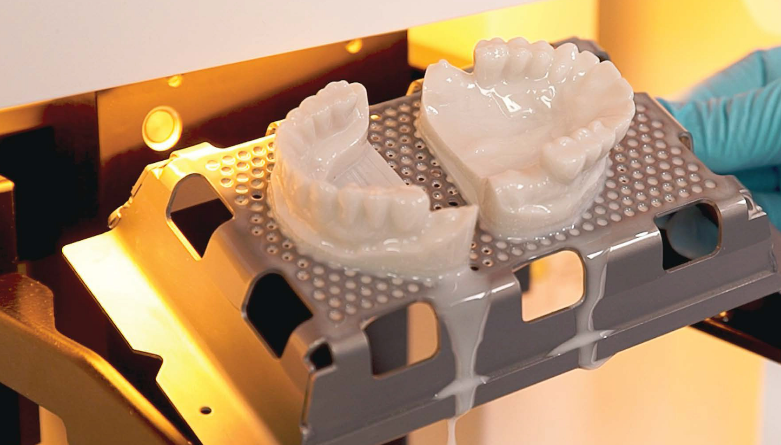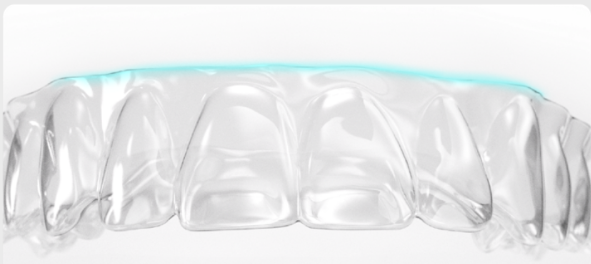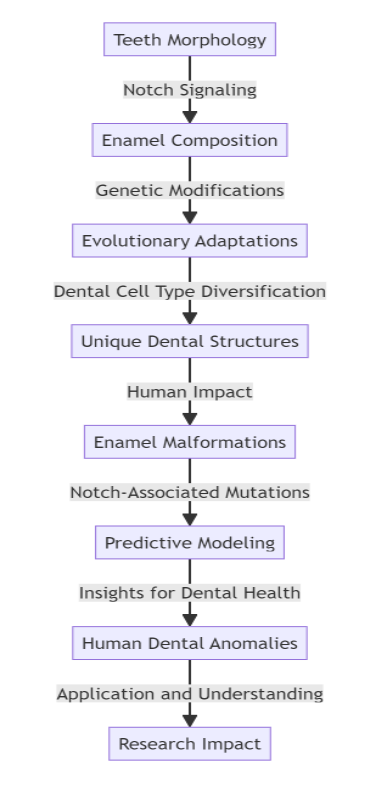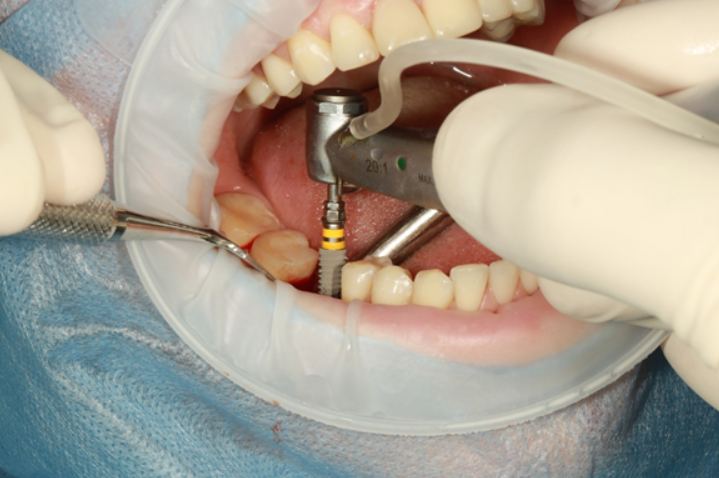Innovations in 3D Printing of Dentures: Materials and Technologies
Modern dentistry is evolving rapidly, with 3D printing of dentures at the forefront of these advancements. This technology not only accelerates the production of prosthetics but also broadens the scope of possibilities in terms of materials and techniques.
New Materials for 3D Printing
One of the most significant advancements in 3D denture printing is the utilization of innovative materials. Modern biocompatible polymers, ceramics, and metal alloys provide unparalleled strength and aesthetics.
- Biocompatible polymers: These materials are safe for the body and have high durability. They are used not only for the production of temporary crowns and bridges, but also for intricate reconstructions in maxillofacial surgery.
.
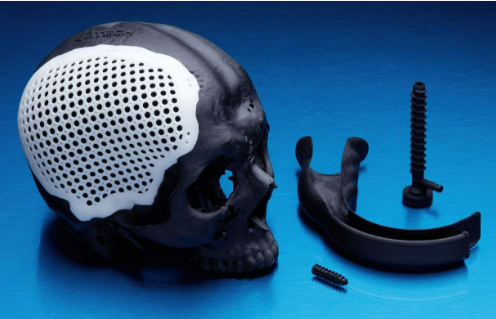
. - Ceramics: Ceramic materials such as zirconia offer exceptional esthetics and high durability, making them ideal for permanent restorations.
.
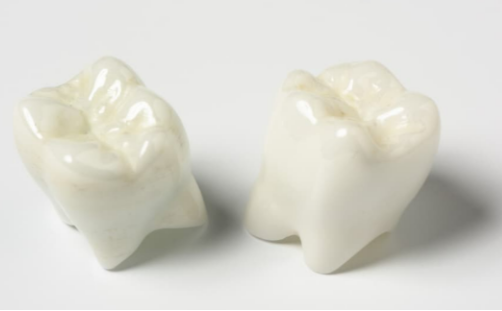
. - Metal alloys: Titanium-aluminum and cobalt-chromium alloys offer robust strength and durability, particularly in scenarios that demand high mechanical loads. Titanium alloys are predominantly used to fabricate beams and frameworks for full-arch restorations.
.
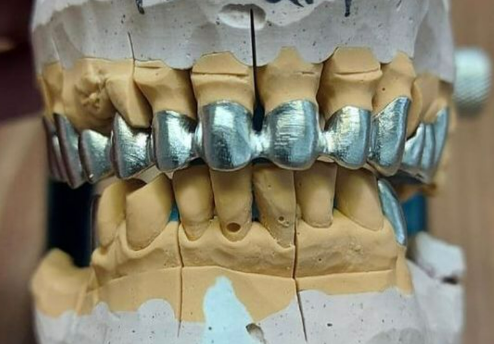
Technological Innovations in 3D Printing
3D printing technologies such as Stereolithography (SLA), selective Laser Sintering (SLS) and Digital Light Processing (DLP) have significantly improved the accuracy and speed of denture production.
- Stereolithography (SLA): This technology employs light-sensitive polymers and lasers to construct highly accurate denture models.
- Selective Laser Sintering (SLS): SLS is used to create metal and polymer prosthetics, providing high precision and durability.
- Digital Light Processing (DLP): DLP technology enables the printing of parts at high resolution, which is crucial when it comes to creating detailed prosthetics.
Successful implementations and clinical cases
One example of successful 3D printing implementation in dentistry is the case of ClearCorrect clinic. This company utilizes SLA and DLP technologies to create invisible orthodontic aligners, enabling patients to receive high-quality products swiftly and cost-effectively.
Another notable instance is the Brånemark Osseointegration Center in Sweden, which employs 3D printing to produce metal frameworks for titanium dentures. This method ensures maximum durability and precise adaptation to the patient’s anatomy.
In Germany, Zahnärzte am Marienplatz has pioneered the use of zirconia in 3D printing of permanent crowns, markedly enhancing the aesthetic appeal and functionality of the dentures.
Conclusion
Innovations in 3D denture printing are continually expanding possibilities for dentists and their patients. Owing to novel materials and technologies, it is now feasible to fabricate dentures that adhere to the highest standards of quality and aesthetics, affording patients both comfort and confidence in their smiles.
These advancements affirm that the future of dentistry has arrived, promising to be brighter and more efficient than ever before.

